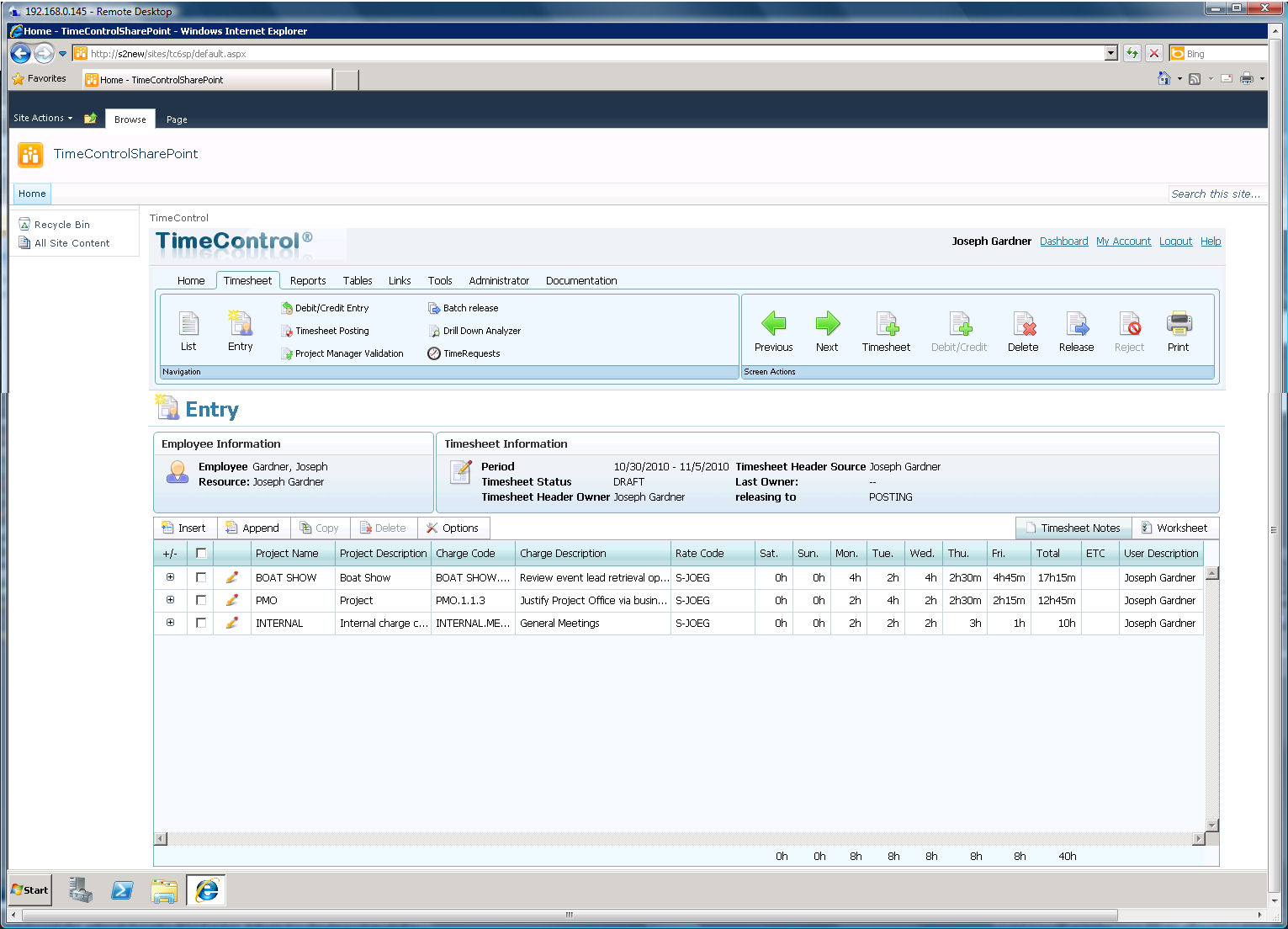

UNITY TIMECONTROL UPDATE
If you want it to play normally, you need to update the parameter every frame.

Set the state's Time or NormalizedTime as above.Set the state's Speed to 0 as above or set the state's IsPlaying to false._Animator.SetFloat("ParameterName", 0.5f) Now you can set the parameter by calling Animator.SetFloat("ParameterName", value) which will control the normalized time of the animation.Tick the Parameter toggle next to the Normalized Time field.Create a new Float Parameter in the Animator Controller.
UNITY TIMECONTROL FULL
It's also possible to take full control over the state's time so that you can set it to whatever you want and it won't advance on its own: Mecanim Just get the AnimancerState returned by the Play method and modify its Time or NormalizedTime. You can call Play again while the animation is already playing to jump to a different time, but this can cause Reliability issues.Īgain, basically the same as the first example above. The Animator.Play and CrossFade methods have an optional normalizedTime parameter to specify where you want the animation to start. You can also set the speed of a particular layer with _.īoth systems also allow you to control the animation time directly: Mecanim You can set the _ to affect all animations, just like with Mecanim.

A pool filled with toys is used as a motif in a game engine (Unity). Transitioning from a fast animation into a slow one would either play them both fast or both slow or gradually blend the speed, but it could not simply allow one to play fast while the other plays slowly. Multimodal Visual Music Rendering of Sequenced and Real-time Control Events. It is also possible to set the speed property on the Animator component itself, however this is generally not recommended because it affects all animations at once. You can also keep a reference to the state if you need to be able to change the speed while it is playing. Just get the AnimancerState returned by the Play method and modify its Speed. for real-time control of project logistics and financial activities. Literally the same as the first example above. Onnan Unity has led the way in its field and has developed a reputation for safe._Animator.SetFloat("ParameterName", 9000) Just to give an idea, let us suppose the delays are only known with a precision of one unity and that we want to discuss the effects of all order one. Now you can set the parameter by calling Animator.SetFloat("Parameter Name", value) which will control the speed of the animation.Select the parameter you just created from the dropdown menu.Tick the Parameter toggle next to the Multiplier field underneath the base Speed.You probably want to set its default value to 1. As usual, Mecanim requires a bunch of additional setup steps while Animancer simply allows you to get straight to the point: Mecanim Sometimes you also need to modify the speed dynamically at runtime, such as to modify a character's attack speed in response to a buff. Or use a Transition so it can be set in the Inspector alongside the AnimationClip:
UNITY TIMECONTROL CODE
You could either set it in code when you play the animation: Note that this will not allow the speed to be modified at runtime (see below to set it up for that).


 0 kommentar(er)
0 kommentar(er)
